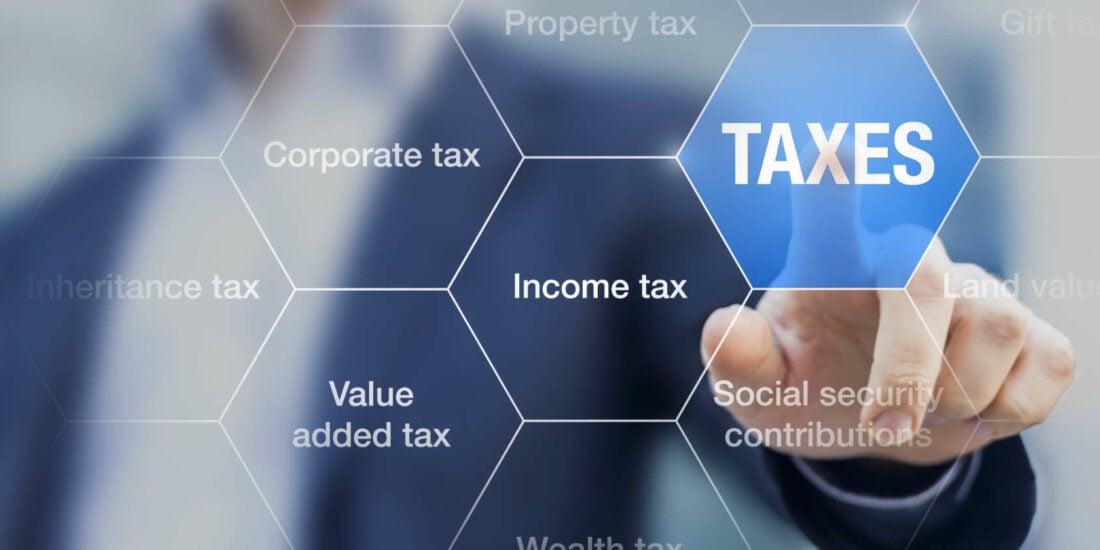Conveyancing Law in Singapore: Selected Issues (Talisman 2023)
by T.P.B. Menon

Although conveyancing as a legal craft is not as complex as in the days when the sole system of conveying land was the common law system and the sole statute governing the registration of land was the Conveyancing and Law of Property Act, the modern day conveyancing lawyer’s burden is not thereby lightened, contrary to an unfortunate but popular myth.
The modern day conveyancing lawyer must, for instance, continually keep up with the changes in recent years of the imposition and rates of basic and additional stamp duties, changes in planning regulations and other governmental and statutory bodies’ directives and practice directions that seemingly have taken place at a near breathless speed. There are also the different and changing administrative requirements of banks and mortgagees, unfamiliarity with which puts the client’s matter at risk of delay. The list goes on.
To be good at the craft – to be a safe pair of hands for the client – the conveyancing lawyer must therefore know many things. But a conveyancing lawyer is a lawyer after all and therefore must know his or her law and maintain a continuing interest in the law as it develops. In this respect, Mr TPB Menon has done all conveyancing lawyers a great service in recently publishing Conveyancing Law In Singapore: Selected Issues.
In his preface, Mr Menon says that the book is not intended to be a textbook on conveyancing, but a series of essays on selected topics which will be of interest and use to all conveyancers. This ties in neatly with the fact that SILE already does a good job in the mandatory practical law course on conveyancing for new graduates which focuses on the practice side. Those newly called to the Bar will benefit from the insights and comments of the author set out in the book. Even readers who are not quite newbies will benefit.
Mr Menon is a doyen of the Singapore property Bar, which includes, and particularly in his case, trust law and practice. He was in the first batch of law students who graduated from the then newly established law school of the University of Singapore and has since been dedicating his working life to learning and practising the law. One can feel the love of learning and the law that is infused in the book.
The virtue of the book is that the reader can dip into it and probably be able to find explanations and guidance in the area that interests or puzzles them. There are many topics the author touches on, e.g. the nature of titles under the Torrens system, the backbones of the system – inter alia indefeasibility and priority; the contract for sale and purchase; options; Law Society’s Conditions of Sale; mortgages and charges; caveats; easements; and so on. There’s almost something for everyone – for instance, this reviewer has found useful, inter alia, Mr Menon’s brief overview of the place that properties held under trust has in the Torrens /Land Titles Act scheme of registration and safeguarding of titles and his advice on what the purchaser’s lawyer should do when encountering a notification of a trust in a certificate of title.
A notable feature of the book is that the author also discusses certain decided court cases to give his experienced perspective on them.
One topic that has attracted discussion and created dissension recently concerns the severance of a joint tenancy of a property registered under the Land Titles Act. When the plaintiff obtains a monetary judgment against one of the joint tenants and then seeks to register a writ of seizure and sale against the jointly held property to seize that joint tenant’s interest, (a) can the plaintiff rightfully do so; and (b) does the registration of the writ ipso facto sever the joint tenancy?
On the first question, the overwhelming view is that the joint tenant’s interest is exigible to the writ, a view which the author subscribes to, citing VK Rajah J’s judgment in United Overseas Bank Ltd v Chia Kim Teck [2006] 3 SLR (R) 322 where the learned Judge had no issue with this. Pang Khang Chau JC in Peter Low v. Higgins [2018] 4 SLR 1003 cites John Baalman, who drafted the Land Titles Ordinance (the precursor of the Land Titles Act), as saying, in his Commentary on The Singapore Torrens System, “It has been held in Australia that the interest of a joint tenant can be taken under a writ … (citing cases …). There is nothing in this Ordinance which makes those decisions inapplicable.”
The real controversy is in the second question: whether the registration of the writ ipso facto severs the joint tenancy, and if not, then at which point of time is the joint tenancy severed. In this regard, Mr Menon, as mentioned, cites and fully supports the view expressed by VK Rajah J in United Overseas Bank Ltd v Chia Kim Teck (supra) that even after registration, the general property and interest in the property remains with the debtor until the execution sale by the sheriff takes place. VK Rajah J explains “The Sheriff or the bailiff himself has no interest in the property and is merely conferred the ministerial power to transfer the proprietor’s interest subject to any existing interests to a purchaser. The Sheriff/bailiff can do this as a registered proprietor to effect the sale and execute an instrument of transfer.” In other words, it is as if the Sheriff/bailiff has been granted a power of attorney by the registered proprietor to sell as his agent. VK Rajah J’s view, respectfully, is correct because there is no law, statutory or otherwise, which provides that the property is vested in the Sheriff/bailiff when the seizure is made. This is in contrast to the position of the official assignee in bankruptcy, where traditionally, and as embodied in successive insolvency legislation, it is specifically provided that the property of the adjudicated bankrupt vests in the official assignee.
Advocates of the view that registration brings about severance have had to find a solution to the problem of putting Humpty Dumpty back again if the writ is withdrawn before any sale takes place. They argue that registration brings about only a “temporary severance” of the joint tenancy. It would be interesting to, but unfortunately we do not, have Mr Menon’s view on this. The notion of a temporary severance does not seem to have the backing of any binding judicial authority. If that is the case, it means that the notion requires the acceptance of a legal fiction when there is no need to and which inelegantly disrupts well established legal principles.
There has been a suggestion by the Singapore Academy of Law’s Law Reform Committee that the law should be amended to clarify that a joint tenant’s interest may be seized by a writ of sale and seizure. There is no need for statutory intervention if this is the narrow point. The law is clear on this, as witness VK Rajah J’s exposition and the comment of John Baalman’s. Furthermore, one hopes that the Committee will not go so far as to suggest that Parliament takes sides and amend the existing legislation to provide for a severance on the registration of the writ. It is not necessarily an injustice if a judgment creditor fails to get anything out of the writ and to presume otherwise could be an equal or even greater injustice to the other co-owners. Let the parties work things out within the existing framework of the Land Titles Act.
Conveyancing Law in Singapore: Selected Issues may be purchased here.






